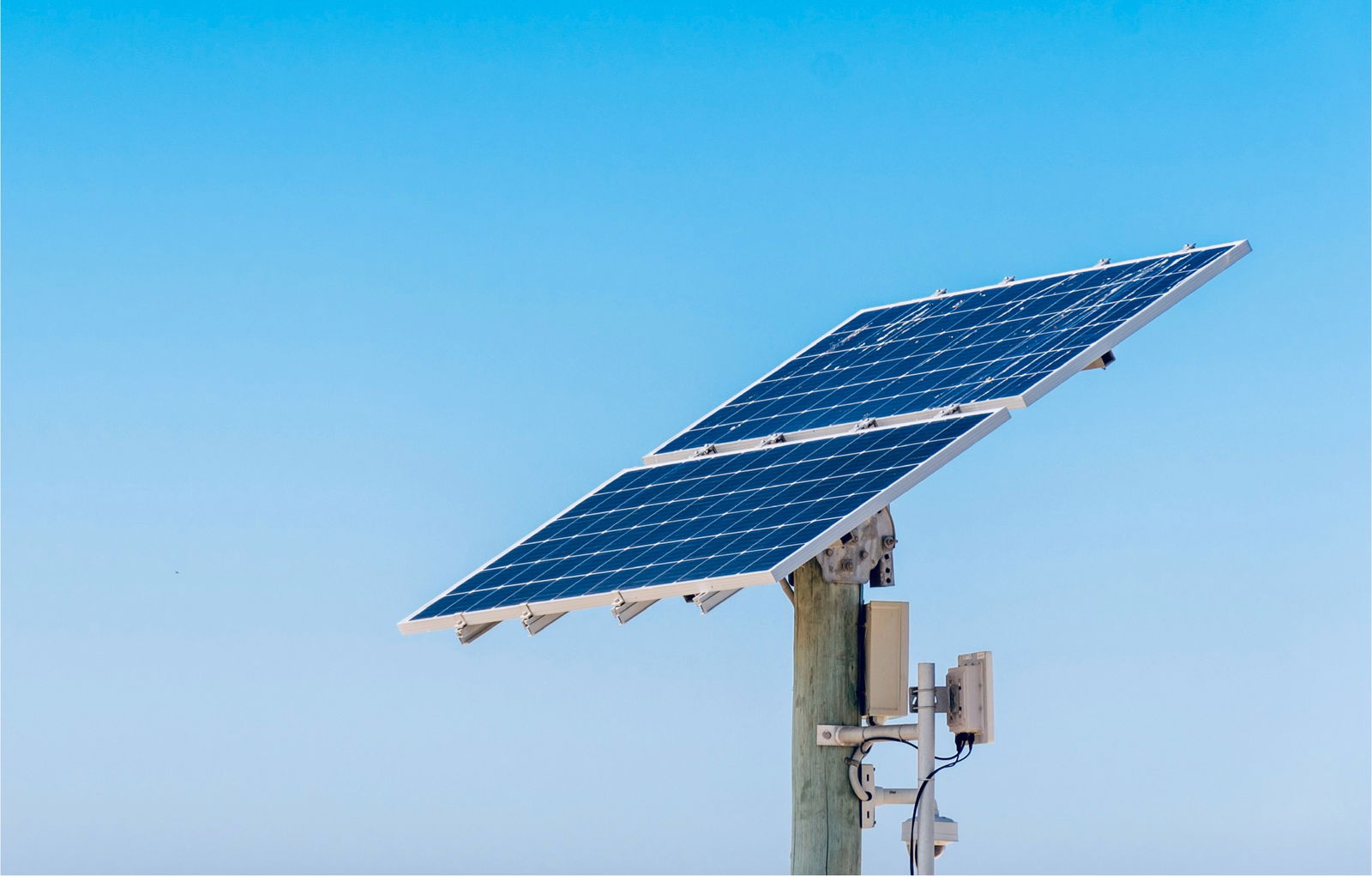
Installing solar panels in the usa is a multi-step process that begins with a thorough consultation with a licensed solar installer. During the initial consultation, the installer will evaluate your home’s roof, energy usage, and the best type of solar system for your needs. Once you’ve decided on the right system, the installer will design a custom solution. The next steps include securing permits, scheduling Solar panel installation in USa inspections, and completing the physical installation of the panels, which usually takes 1 to 3 days, depending on the system’s size. After installation, a final inspection is done to ensure that everything meets local regulations and is safely connected to the grid.
- Cost of Solar panel Installation in the usa
The cost of installing solar panels in the united states can vary widely, depending on several factors, including your location, the size of the system, and the type of panels used. On average, a residential solar installation costs between $15, 000 and $25, 000 before any incentives. However, this price can fluctuate based on system capacity, labor costs, and any additional components such as batteries for energy storage. While the upfront cost may seem high, it’s important to consider that solar panels typically pay for themselves over time through energy savings, making them a wise long-term investment. - Solar energy Incentives in the usa
One of the biggest advantages of installing solar panels in the usa is the availability of financial incentives. The federal government offers a solar tax credit, known as the Investment Tax Credit (ITC), which allows homeowners to deduct 30% of their solar installation costs from their federal taxes. Many states, local governments, and utility companies also offer additional rebates, grants, and incentives that can further lower installation costs. Some states even have programs to help low-income families access solar energy. Be sure to research the incentives available in your state and consult your installer for guidance on how to take advantage of these offers. - Long-Term Savings and Return on investment (ROI)
Despite the initial cost, installing solar panels can result in significant long-term savings. Depending on where you live and your energy usage, you could save anywhere from $10, 000 to $30, 000 over the life of your solar system. Many homeowners experience a reduction in their electricity bills by 50% to 70%, depending on how much energy their solar system produces. Additionally, many utility companies offer net metering, which means you can sell excess energy back to the grid, further increasing your savings. With solar panels typically lasting 25 to 30 years, the return on investment (ROI) can be substantial. - Benefits Beyond the Financials
While the cost savings are a major factor, solar panel installation offers several other benefits. Installing solar panels increases your home’s value, with studies showing that homes with solar systems sell for more than those without. Solar energy is also an environmentally-friendly alternative to fossil fuels, reducing your carbon footprint and reliance on non-renewable energy sources. Many homeowners feel a sense of pride in contributing to the transition to clean energy and achieving energy independence. Additionally, solar panels provide protection against future increases in electricity rates, making them an excellent hedge against rising energy costs. - Is Solar Right for You?
Before installing solar panels, it’s essential to consider whether solar energy is the right fit for your home and lifestyle. Factors like roof condition, available sunlight, and local regulations will play a role in the feasibility of solar installation. Solar panels perform best in areas with plenty of sun, but even locations with less sunlight can still benefit from solar energy. Consult with a certified solar installer to assess your home’s suitability for solar panels. With the right setup, solar power can be a great investment that benefits both your wallet and the planet.
